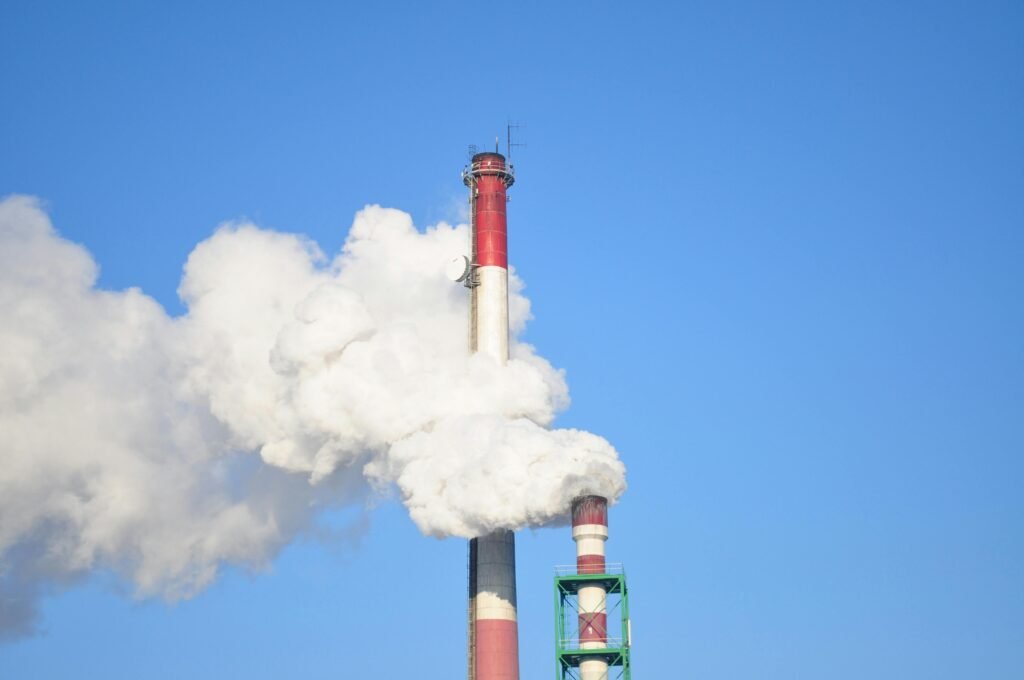The Urgency of Climate Action: Understanding the Path Ahead
Climate change has emerged as one of the most pressing challenges of our time, affecting ecosystems, economies, and communities worldwide. The Intergovernmental Panel on Climate Change (IPCC) has provided extensive research on the consequences of rising greenhouse gas emissions, emphasizing the need for immediate action. This article explores the various dimensions of climate issues, from the science behind climate change to the strategies for climate mitigation and adaptation.
The Science of Climate Change
At its core, climate change is driven by the accumulation of greenhouse gases in the atmosphere, primarily carbon dioxide (CO2) and methane (CH4). These gases trap heat, leading to a rise in global temperatures, a phenomenon known as anthropogenic global warming. The IPCC reports indicate that human activities, such as fossil fuel combustion and deforestation, are the primary contributors to these emissions.
Understanding Greenhouse Gases
Greenhouse gases are naturally occurring and play a vital role in maintaining Earth’s temperature. However, the excessive release of these gases due to industrial activities has led to significant anomalies in the climate system. For instance, the burning of fossil fuels for energy and transportation is a major source of CO2 emissions. In contrast, alternative energy sources, like wind and solar power, offer pathways to reduce our carbon footprint.
Carbon Footprint and Its Implications
The concept of a carbon footprint quantifies the total greenhouse gas emissions associated with an individual, organization, or product. By understanding and reducing our carbon footprints, we can collectively contribute to climate mitigation efforts. Simple actions, such as reducing energy consumption, using public transportation, and supporting sustainable products, can make a significant difference.
Climate Mitigation: Strategies and Solutions
Climate mitigation involves efforts to reduce or prevent the emission of greenhouse gases. This can be achieved through various strategies, including transitioning to renewable energy sources, improving energy efficiency, and promoting sustainable land use practices like afforestation.
Renewable Energy: A Game Changer
The shift from fossil fuels to renewable energy is crucial for achieving carbon neutrality. Solar, wind, and hydropower are not only sustainable but also increasingly cost-effective. Governments and private sectors are investing heavily in these technologies, creating jobs and reducing reliance on carbon-intensive energy sources.
Afforestation and Reforestation
Afforestation, the process of planting trees in areas where there were no previous forests, plays a vital role in carbon sequestration. Trees absorb CO2 from the atmosphere, making afforestation a powerful tool in the fight against climate change. Moreover, reforestation efforts aim to restore degraded forests, enhancing biodiversity and ecosystem services.
Climate Adaptation: Preparing for the Inevitable
While mitigation is essential, adaptation strategies are equally important as some degree of climate change is already locked in. Climate adaptation refers to the adjustments made to social, economic, and environmental practices to minimize the impacts of climate change.
Building Resilient Communities
Communities must develop resilience to extreme weather events, such as hurricanes, floods, and droughts. This involves investing in infrastructure that can withstand climate impacts, improving water management systems, and implementing early warning systems to protect vulnerable populations.
The Role of Policy in Climate Action
Robust climate policies are critical in guiding mitigation and adaptation efforts. Governments must create frameworks that promote sustainable practices, incentivize renewable energy use, and regulate emissions. International agreements, such as the Paris Agreement, aim to unite countries in the fight against climate change by setting emission reduction targets.
Understanding Tipping Points
A tipping point in climate science refers to a threshold beyond which a small change can lead to drastic and irreversible impacts on the climate system. Examples include the melting of polar ice caps, which can accelerate sea-level rise, and the loss of tropical forests, which can disrupt global weather patterns.
The Risks of Inaction
Failure to address climate change effectively may result in catastrophic consequences for humanity. Increased frequency and severity of extreme weather events can threaten food security, displace communities, and exacerbate existing inequalities. Inaction could lead to economic instability and loss of biodiversity, pushing ecosystems beyond their resilience.
Public Awareness and Education
Raising public awareness about climate issues is crucial for fostering a culture of sustainability. Education plays a pivotal role in empowering individuals to take action, advocate for policy changes, and support sustainable practices within their communities. Engaging youth and future generations is particularly vital, as they will inherit the consequences of today’s actions.
The Role of Technology in Climate Solutions
Technological advancements are key to addressing climate change effectively. From carbon capture and storage technologies to advancements in renewable energy production and storage, innovation can drive significant progress. Research and development in alternative energy sources will pave the way for cleaner and more efficient solutions.
Innovation in Carbon Capture
Carbon capture and storage (CCS) technology aims to capture CO2 emissions at their source and store them underground. This method can significantly reduce emissions from industrial processes and power plants, providing a critical tool in our climate mitigation arsenal. However, the deployment of CCS requires substantial investment and regulatory frameworks to ensure safety and efficiency.
Smart Grids and Energy Efficiency
Smart grids can optimize energy distribution and consumption, reducing waste and improving efficiency. These systems utilize advanced technologies and data analytics to manage energy flow, enabling a more sustainable energy landscape. Additionally, energy efficiency measures in buildings and industries can lead to substantial reductions in energy consumption and emissions.
Conclusion: A Collective Responsibility
Addressing climate change is not solely the responsibility of governments and corporations; it requires collective action from individuals, communities, and organizations worldwide. By understanding the complexities of climate issues, we can all contribute to solutions that promote sustainability and safeguard the planet for future generations. The time for action is now; our response to climate change will determine the future of our planet.
Call to Action
As individuals, we have the power to influence change through our choices and actions. Supporting sustainable practices, advocating for climate-friendly policies, and raising awareness about climate issues can help create a more resilient and sustainable future. Together, we can make a difference in the fight against climate change.


